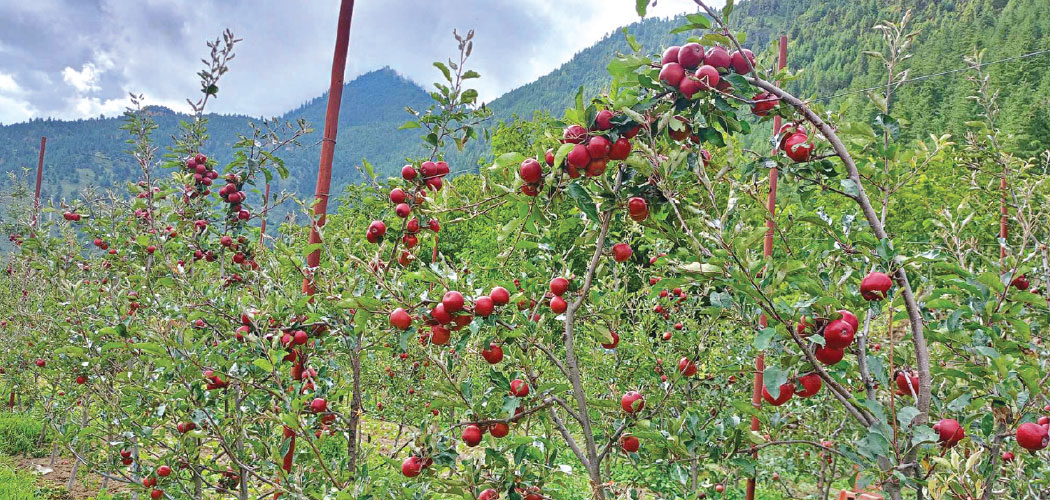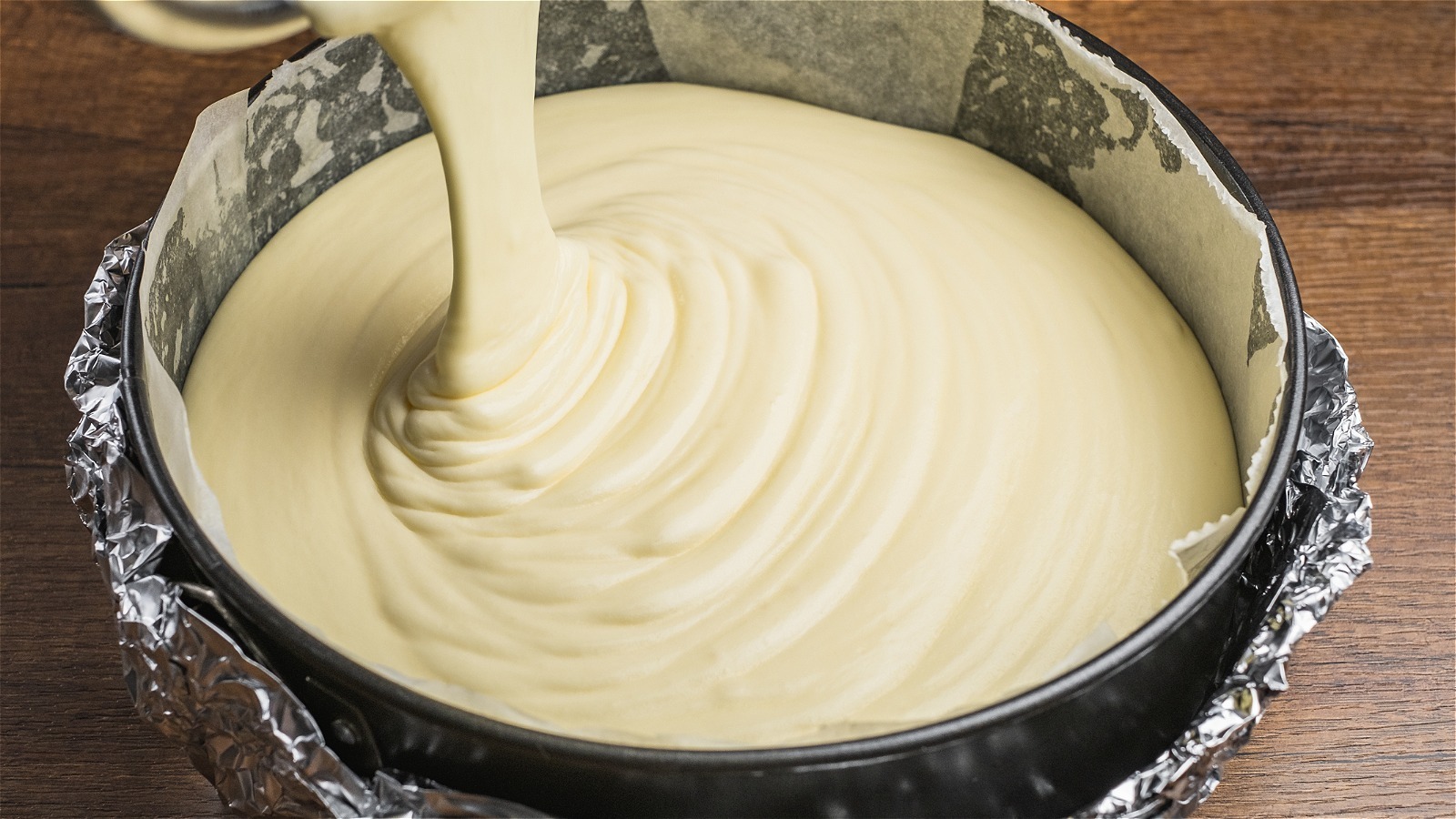Share this Article
Nepal, a country nestled in the lap of the Himalayas, is renowned for its rich tapestry of culture, traditions, and biodiversity. Among its most enduring legacies is the profound knowledge of medicinal herbs and plants, passed down through generations. At the heart of this tradition lies turmeric (“besaar” in Nepali), a golden root known not only for its culinary flair but also for its healing, spiritual, and symbolic power. This article delves deep into the historical, medicinal, cultural, and spiritual significance of turmeric, while also exploring Nepal’s broader herbal traditions that have flourished across time and regions.
Section I: Historical and Cultural Foundations of Herbal Knowledge in Nepal
Long before modern pharmaceuticals arrived in Nepal, the people of the hills, mountains, and plains turned to nature to heal ailments and nourish the body. Herbalism in Nepal is rooted in two main traditions: Ayurveda and the indigenous shamanic healing practices of the Himalayas.
Ayurveda, a holistic system of health originating from the Indian subcontinent, flourished in the Kathmandu Valley due to its historical ties to India and Tibet. Ancient Vaidyas (Ayurvedic practitioners) were the custodians of this knowledge. Even today, the ancient texts like "Susruta Samhita" and "Charaka Samhita" form the foundation for Ayurvedic treatments in Nepal.
In parallel, indigenous healers like the Tamang "Bonpo," Magar "Amchi," and Gurung "Lamas" practiced traditional medicine using locally foraged herbs. These systems integrated spirituality, nature, and healing in a seamless cycle.
Section II: Turmeric in the Nepalese Way of Life
Turmeric has multiple roles in Nepalese society—as medicine, spice, symbol, and spiritual agent. It is often considered a “sattvic” (pure) substance in Ayurveda, enhancing energy, mood, and immunity.
Culinary Use: Turmeric is an indispensable part of daily Nepalese cuisine. It is used in:
-
Lentil soups (dal)
-
Pickled vegetables (achar)
-
Spiced meat preparations
-
Vegetable curries and stews
It not only imparts flavor and color but also acts as a natural preservative and digestive aid.
Medicinal Use:
-
Anti-inflammatory: Used to treat arthritis and joint pain.
-
Antiseptic: Applied directly to cuts, burns, and wounds.
-
Digestive aid: Mixed in warm water or milk to aid digestion.
-
Cold remedy: "Besaar dudh" (turmeric milk) is a go-to treatment for sore throat and cough.
Spiritual and Symbolic Use:
-
Weddings: Brides are often adorned with turmeric paste before the ceremony to purify and beautify.
-
Religious rituals: Offered to deities and used in pujas.
-
Protective talisman: Dried turmeric roots are tied around wrists to ward off evil.
Section III: Traditional Herbal Practices Across Nepal
Different regions of Nepal have developed distinct herbal traditions:
The Mountains:
-
Herbs like yarsagumba (a caterpillar fungus), jatamansi, and rhododendron are foraged by Sherpa and Tibetan communities.
The Hills:
-
In areas like Gorkha and Lamjung, families grow turmeric, tulsi, and ginger in their backyards.
-
Healers known as "dhami-jhankri" use chants and herbal pastes to drive away illnesses believed to be caused by spirits.
The Terai:
-
Rich in biodiversity, this region supports herbs like ashwagandha, neem, and aloe vera.
Section IV: Herbal Gardens and Home Remedies
Most Nepalese homes, especially in rural areas, have a corner dedicated to medicinal plants. A typical herbal garden may include:
-
Tulsi (holy basil)
-
Aloe vera (ghyu kumaari)
-
Neem (bakaino)
-
Lemongrass (tarai ghas)
-
Turmeric (besaar)
Elders often pass down knowledge on how to:
-
Treat fever using basil and ginger tea
-
Use turmeric paste for insect bites
-
Soothe burns with aloe vera
Section V: Herbal Lore, Festivals, and Mythology
Turmeric also features prominently in folklore and rituals:
Tihar Festival: During Tihar (Deepawali), turmeric is used in making sacred mandalas and mixed with rice flour to create auspicious signs at doorsteps.
Mha Puja: Among Newars, turmeric is a core component of the ritual where each member blesses themselves in honor of the self (soul).
Folk Beliefs:
-
A turmeric-dyed string tied on the wrist is believed to protect children from the "evil eye."
-
Sprinkling turmeric water around a house is said to purify the environment.
Section VI: Nepal's Herbal Exports and Economic Importance
In recent years, turmeric and other herbs have become a significant part of Nepal’s agricultural economy. Nepal exports organic turmeric to Europe and North America.
Small cooperatives in districts like Palpa and Dhading have started value-added production:
-
Turmeric powder
-
Herbal tea blends
-
Medicinal oils and creams
These efforts are empowering women farmers and promoting sustainable agricultural practices.
Section VII: Conservation and the Future of Herbal Knowledge
The growing global demand has raised concerns about overharvesting and biodiversity loss. Many herbal plants are now endangered.
Organizations like:
-
ANSAB (Asia Network for Sustainable Agriculture and Bioresources)
-
ICIMOD (International Centre for Integrated Mountain Development)
are working to promote conservation and sustainable harvesting.
Educational campaigns are also teaching children in rural schools to identify and respect local herbs, creating a new generation of plant guardians.
Section VIII: A Living Legacy
Even in modern Kathmandu, you can find Ayurvedic pharmacies, street vendors selling turmeric paste, and elders whispering herbal cures. The legacy of turmeric and Nepal’s herbal traditions is not just a memory of the past but a living, breathing part of the present.
As the world rediscovers the power of natural healing, Nepal stands as a beacon of wisdom, with turmeric shining like a golden thread woven through its rich cultural tapestry.
Conclusion
Turmeric, and the broader world of herbal traditions in Nepal, is more than just health or healing. It is a connection to the land, the ancestors, and the divine. Whether it is used in a wedding ceremony, a home remedy, or a ritual offering, turmeric reflects the harmony between humans and nature. As Nepal steps into the future, these traditions offer a path not only to wellness but also to cultural pride and sustainable prosperity.
This golden thread continues to glow—from the hills of Patlekhet to the bustling markets of Kathmandu, from ancient temples to modern homes—a symbol of healing, heritage, and h
Categories:
Food & Drink
Tags:
Ayurveda
,
herbs
,
CulturalIdentity







